Unfortunately, trip and fall incidents cause serious and lasting injuries. When the trip and fall have occurred on someone’s property, and it results in injury, there is a potential premises liability case. In the process of determining liability, the court may apply what is called the “trivial defect” defense.
If you have been involved in a trip-and-fall incident and were injured, reach out to an attorney at Silva Injury Law who can best navigate your case to ensure you are compensated fairly for your injuries and suffering.
How Helen G – Retiree & Grandmother of 7 – Earned a $600K Settlement After Suffering Broken Bones Caused by a Trip and Fall.
The Trivial Defect Doctrine
Before an injured party can recover from their injuries in a trip and fall injury case, they must prove that the defendant, often the owner of the property, maintained dangerous conditions on the property and that the owner either knew or should have known about the dangerous condition. Additionally, the injured party must prove that the condition which caused the fall was not considered a “trivial defect.”
A “trivial defect” in California is generally understood to be when the change in elevation of a walkway is 3/4 of an inch or less. However, some courts in California have held that a change in elevation of 1.5 inches or less is trivial. What this means in a trip and fall case is that if you trip and fall over a raised portion of a walkway that is less than 1.5 inches, your claim may be discarded. Even if your injuries from falling were severe, a judge might throw out the case completely based on this rule. Despite this, however, there are exceptions to this general rule which may allow a claim to prevail despite the trivial defect doctrine.
The height difference shouldn’t be the sole factor in determining whether something was a trivial defect in a trip and fall injury case. Other factors can include:
- The nature and quality of the defect,
- The time of day,
- Lighting conditions, and
- Whether someone else suffered injuries from the same defect.
Rather than the court throwing out a case simply due to the size of the potential defect, it may let a jury decide what constitutes a trivial defect. Several potential strategies include:
- Treat the defect size as a triable issue of fact so the jury can decide.
- Set the stage that the defect is one element of a broader, more dangerous condition that puts multiple people at risk.
- Use the defendant’s own safety principles and guidelines against them.
An example of a questionable trivial defect involves a slab of public sidewalk that was raised by a tree root. If you can establish the condition was dangerous, then you must prove that a government entity is responsible for creating it, knowing about it, or should have known about it. Your lawyer can request records from the applicable public works department. A skilled trip and fall lawyer, like Michael Joe Silva, knows how to fight against a trivial defect defense. This is a complex legal issue, and you shouldn’t attempt to resolve your case without a lawyer.
Exceptions To The Trivial Defect Defense
The trivial defect doctrine is a fact-based test, meaning the court will determine whether it applies on a case-by-case basis. In cases where the area is well-lit, you are familiar with the area, and nothing was limiting you from seeing the potential trip hazard, the court will most likely assign blame to you.
However, if it was dark, the lighting was inadequate, you were not familiar with the area, or poor weather conditions or some type of debris concealed the danger, then you can possibly overcome the trivial defect argument. If the court, in looking at all of the facts and circumstances surrounding the fall, determines there were sufficient reasons you were not able to see and avoid the condition, you will be allowed to pursue the case further.
How A Lawyer Can Help In A Trip And Fall Case
To win a case and receive fair compensation for the injuries obtained due to a trip and fall, it is best to speak to a qualified attorney. An attorney can help determine if the factors in your case are sufficient to prove that the defendant was aware, or should have been aware, of the danger, or if the defendant created the dangerous conditions. An attorney can prepare for any potential defense attempts to use the trivial defect defense to defeat the claims.
Reach out to the experienced attorneys at Silva Injury Law today if you have suffered from a trip and fall case.
Find Out How We Can Help
At Silva Injury Law, we promote healing through compassionate advocacy. With each case tailored to the individual, we look out for your best interests by evaluating your unique circumstances. Our lawyers have years of experience representing injured victims for trip and fall injury accidents in California. We can help you build a strong case against a trivial defect defense. Contact us today for a FREE in-person or remote consultation.
Find Out How We Can Help
At Silva Injury Law we promote healing through compassionate advocacy. With each case tailored to the individual, we look our for your best interests by evaluating your unique circumstances. Contact us today for a FREE in person or remote consultation.
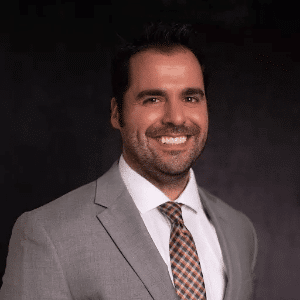
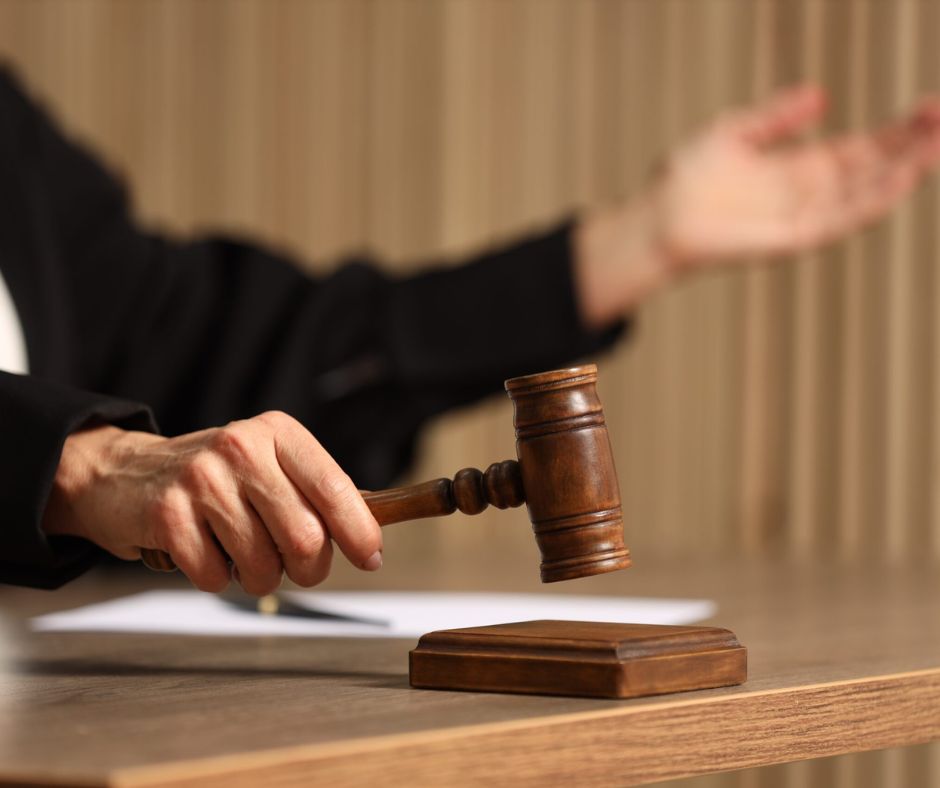
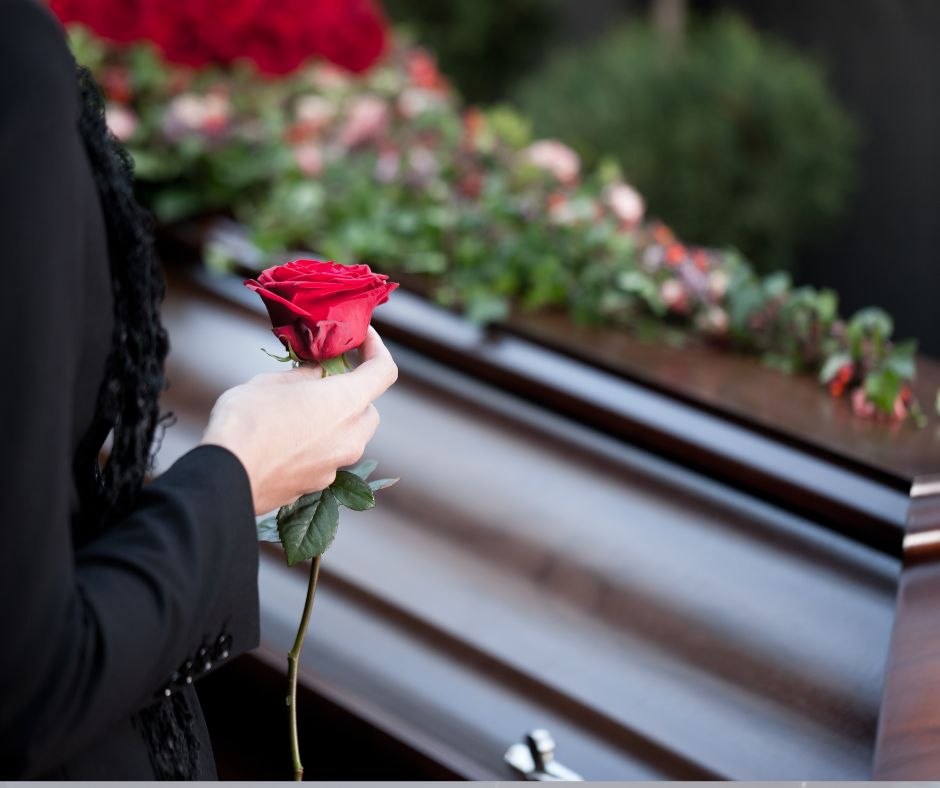
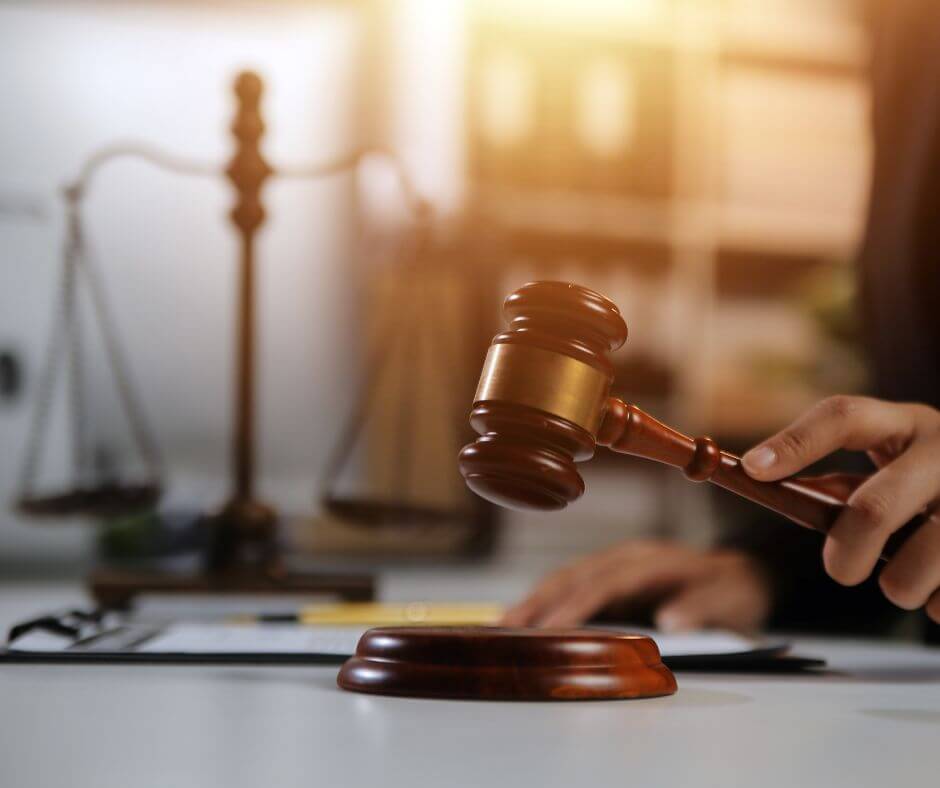

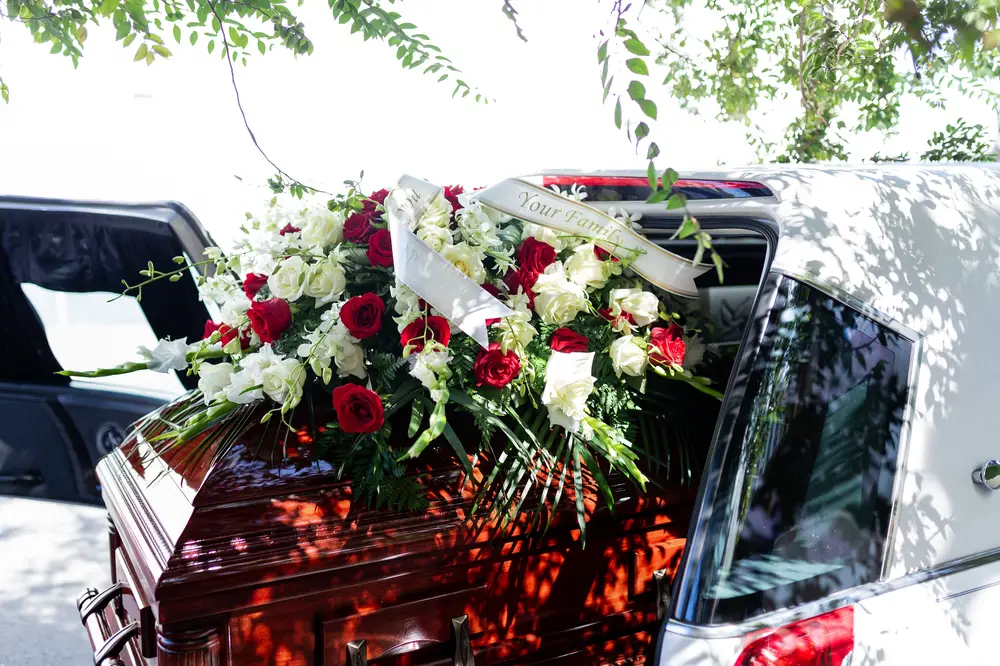
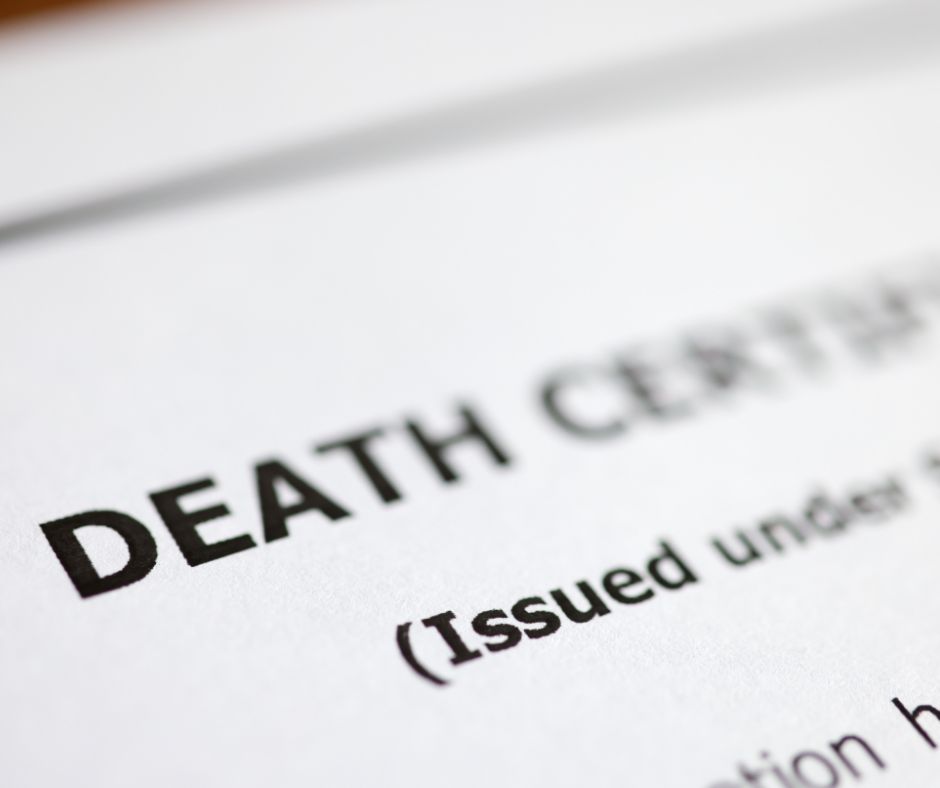
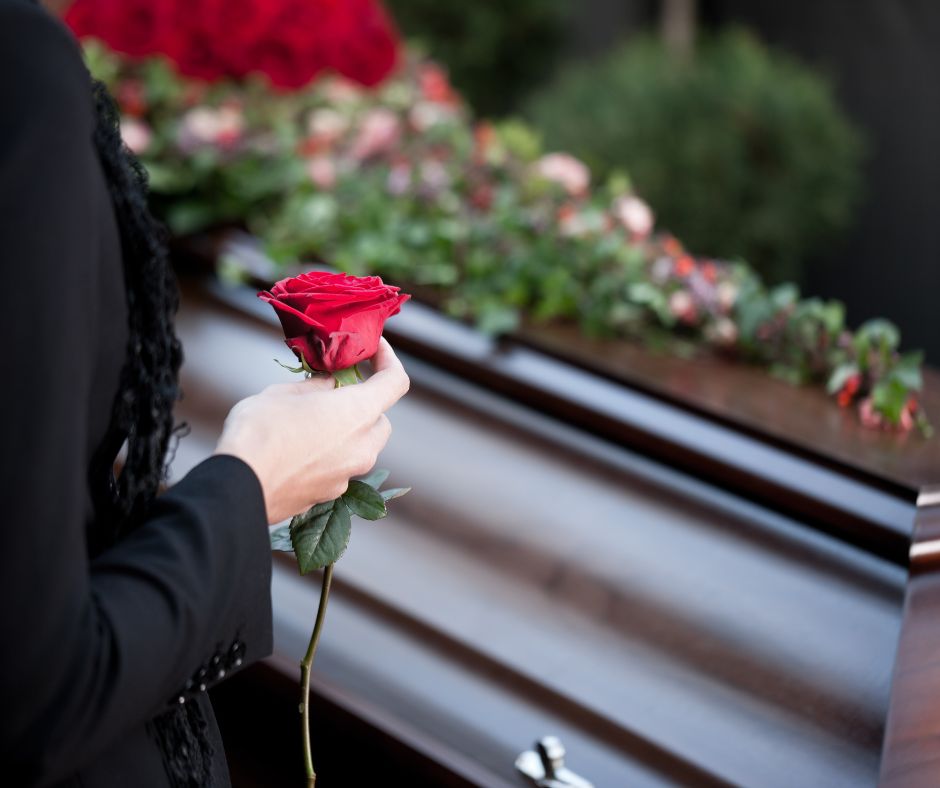


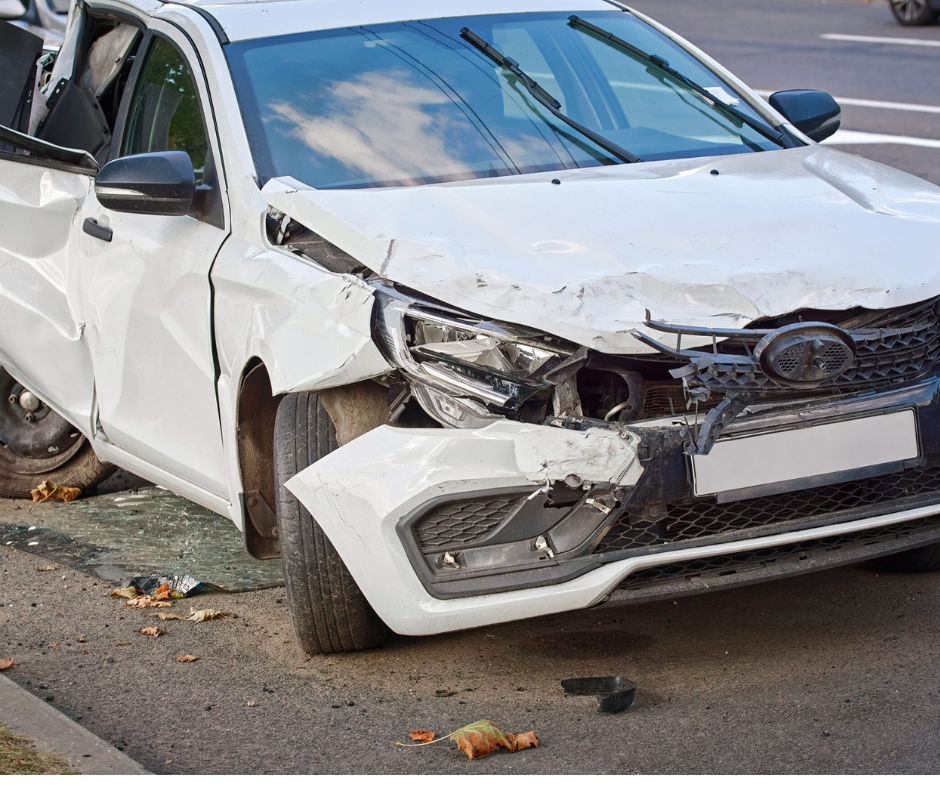
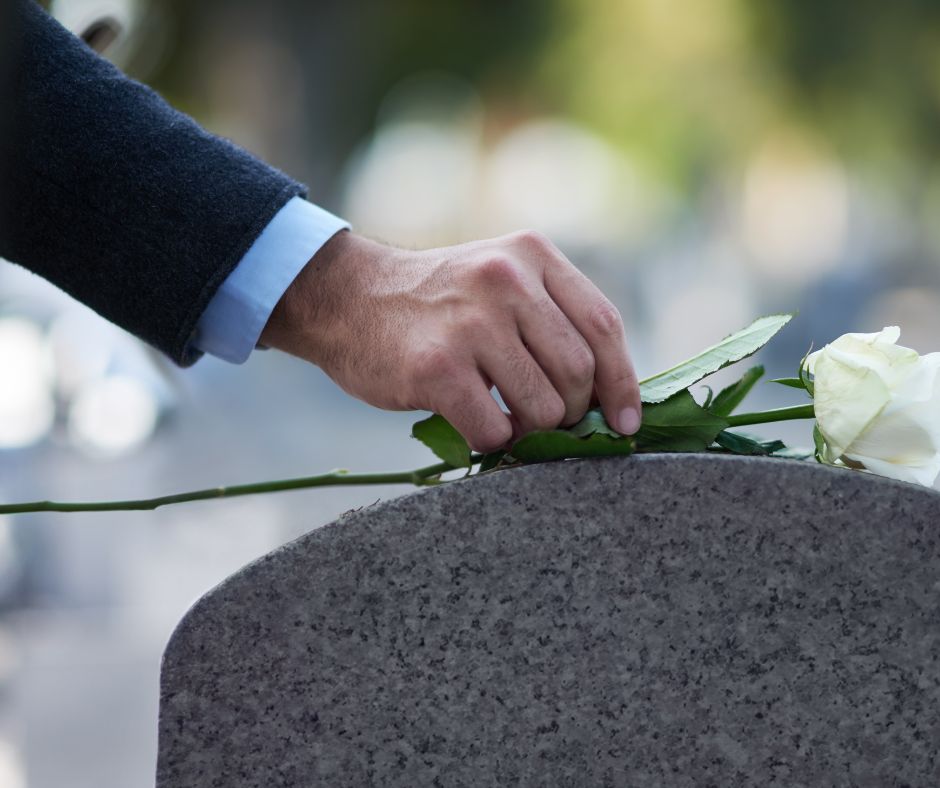
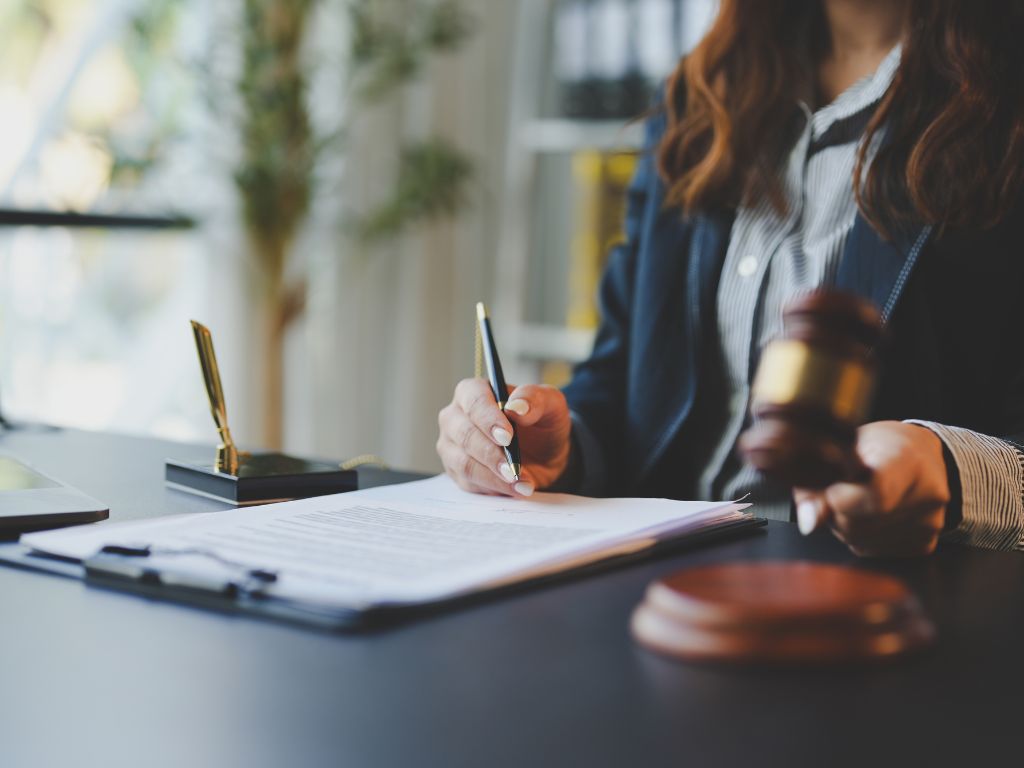
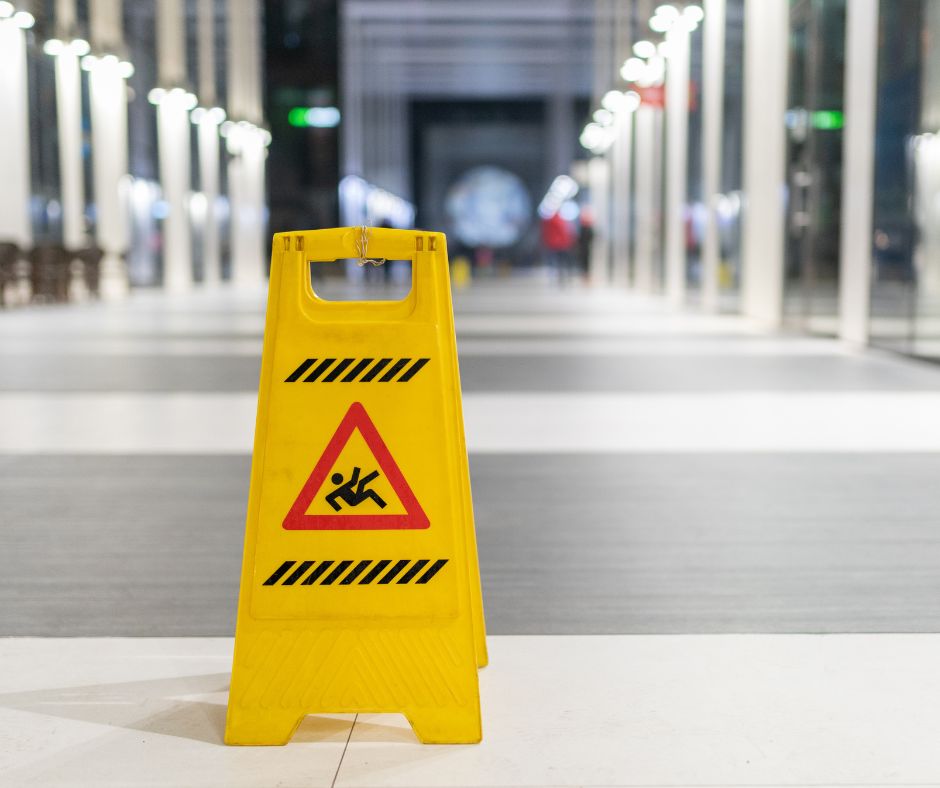




 EMAIL
EMAIL  AI-search
AI-search  Access
Access